It's harvest time for P.E.I.'s budding community of cannabis growers
Under a cloudy October sky, freelance photographer Sean Berrigan looks over his crop of organic outdoor cannabis plants while considering when the best time to harvest will be.
"There's a little bit of an issue sometimes growing outside, especially in our climate here on the East Coast," Berrigan said. "We live in a very humid and damp environment so humidity — or high humidity — can be stressful and can be challenging for some growers."
Under the regulations around cannabis legalization, Canadians are permitted to grow up to four plants per household — either indoor or outdoors — as long as they follow the federal Cannabis Act.
That includes a requirement that any plants being grown must be safely locked away from those under the age of 19 or someone visiting a home. Plants grown outside must be out of view from public spaces and in a locked enclosure at least 1.52 metres high.
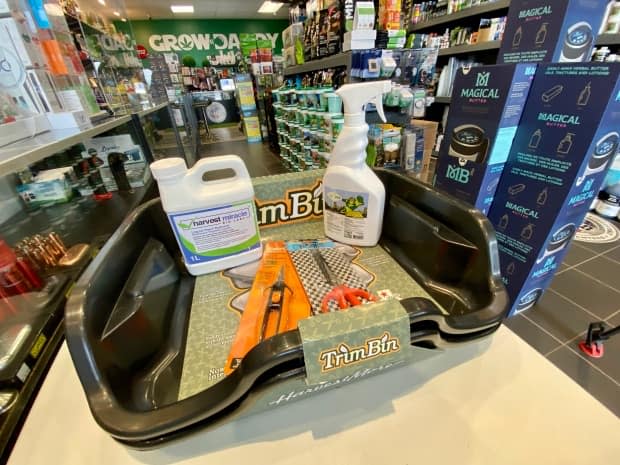
People are limited to transporting no more than 30 grams of dried cannabis flowers (known as bud and the part that is smoked) or the equivalent of other cannabis products.
As the four plants could produce far more cannabis than that, there is no limit to what a household can possess as long as other regulations around safe storage are being followed.
This is the second season that Berrigan has grown plants outdoors — the first season was good, he said, but there's still lots to learn to maximize the bounty of his harvest.
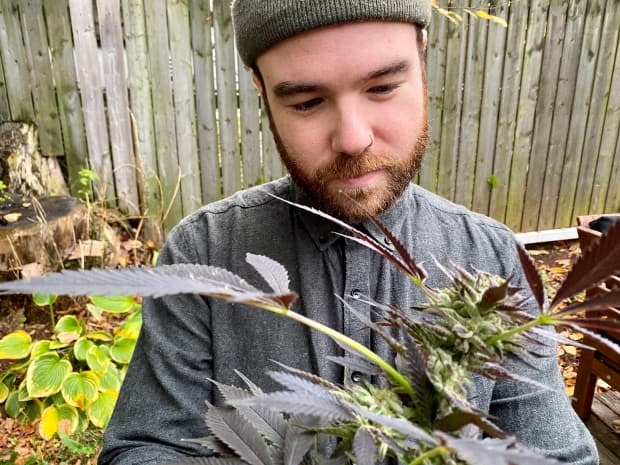
As a cannabis advocate, Berrigan shares photos of cannabis plants, products and lifestyle online. He said the community of growers is increasing and they are supporting each other as they find new ways to improve their homegrown harvests.
"I've definitely helped a lot of first-time growers … to get their feet wet and sort of avoid some of the mistakes, the easy mistakes that I made starting off," Berrigan said.
But keeping the plants alive over the course of the growing season is only half the job.
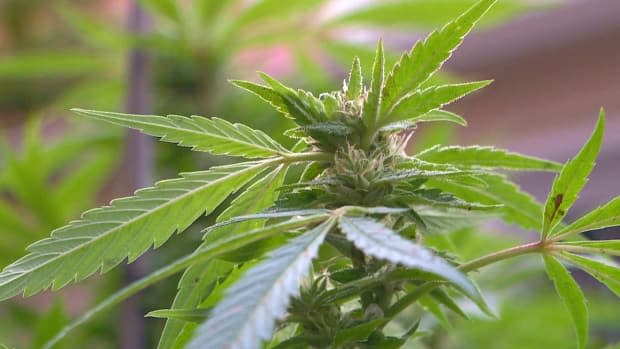
Unlike fruits and veggies that can be consumed as soon as they're picked, Berrigan said, proper techniques must be used to bring the harvested cannabis to its full potential.
"I think that a lot of people don't realize or really understand how important the harvest — the dry and the curing process of the entire growing process — how important that is," Berrigan said.
"You can grow the best cannabis to its absolute potential and then completely ruin it when you harvest it and you don't do a proper dry or cure."
Growing business
Grow Daddy Canada in Stratford, P.E.I., is one of the Island stores that many first-time cannabis growers turn to for advice.
Operations manager Hunter Kerr said the increase in business has been "significant" and they have had to do a major renovation at their location to keep up with demand since cannabis was legalized in October 2018.
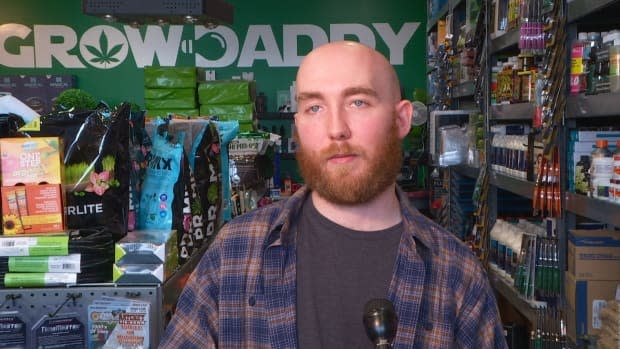
"I like to think we're overgrowing P.E.I. by one corner at a time," Kerr said.
"It seems everybody's opened up to it and, yeah, there's certainly been a spike in business for new growers coming in just looking for info, advice on how to see their plants through to maturity and get their first harvest."
Some are actually getting into growing pot not because they want something to smoke, Kerr said, but more for the hobby of cultivating it.
Planting to flowering
Most outdoor growers will get their plants in the ground in late May or early June to take full advantage of the Island's growing season.
Then they will "train" their plants by cutting back some of the bigger leaves to allow more sunlight to reach the sites that will eventually turn into flowers.
Kerr recommends that new growers look for auto-flowering varieties with shorter flowering periods.
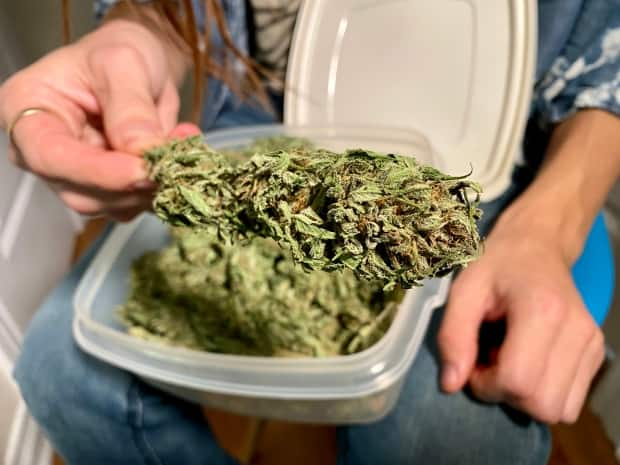
Growers will also have to wait for the plant to mature to know what sex it is, as only female plants produce cannabis flowers that turn into the bud you smoke.
Flowers will appear in late August, reaching peak maturity in late September and early October.
"Essentially your flower will start to show. It'll start to produce resin glands, which you're going to monitor into harvest," Kerr said.
Growers are advised to take something like a jeweller's loupe to look closely at the small crystals on the plant, which will turn from clear to cloudy.
Harvest and curing
After the harvest, the small leaves and flowers must be separated out to be hung for the drying stage.
They should remain there for 10-14 days until the product reaches the right stage, Kerr says. The small leaves are then cut away to leave the densely packed flowers.
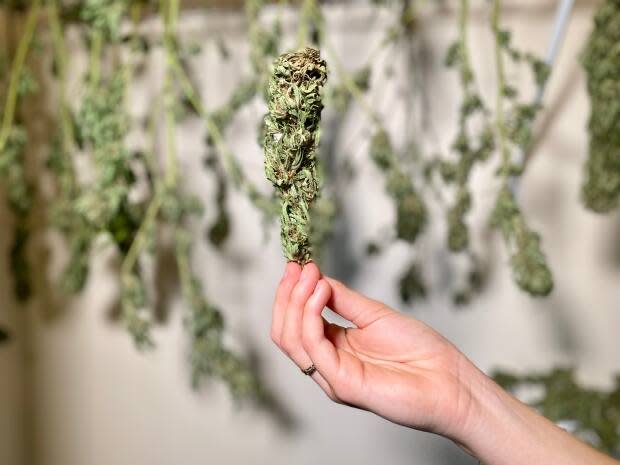
The dried flowers will then be put into containers such as jars for a couple of weeks. This is the curing process.
Kerr recommends that the jars be opened at a regular time each day to "burp," allowing chlorophyll and moisture to escape as the flowers cure.
"Tomatoes and veggie gardeners, they're blessed … when it's ready for harvest, they can harvest and enjoy the fruits of their labour, so to speak," said Kerr.
"For cannabis growers … we recommend leaving it and letting it do a full proper [cure]. You will be much more impressed with your bud and it will last longer."
Getting seeds
The one thing Grow Daddy is not allowed to do is sell the seeds themselves.
There are two strains of seeds available through P.E.I. Cannabis stores. Zach Currie, director of cannabis operations with the P.E.I. Cannabis Management Corporation, said in the fiscal 2020 annual report, those accounted for less than 0.05 per cent of total sales.
Currie said the corporation has been expanding and adapting overall since recreational cannabis was legalized.
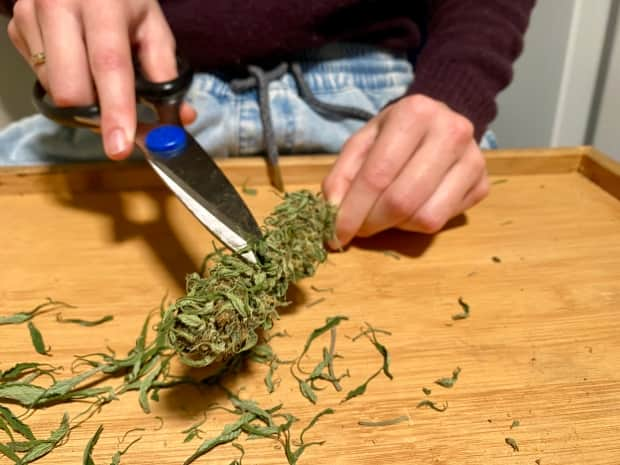
"We use our sales and our customer counts as measuring sticks for how well we are doing in aligning with our key public policy priority of displacing the unregulated market," he said.
"So far, we've seen some fairly positive growth trending in those particular metrics."
Currie said home cultivation of cannabis is similar to the you-brew beer or wine markets.
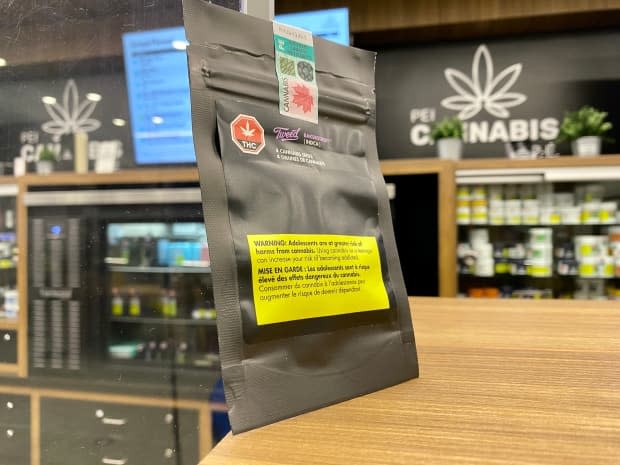
"Our hope is that enthusiasts who cultivate on their own would also see value in picking up a unique strain or product for whatever social endeavour or celebratory occasion may be on their docket for the weekend ... We don't necessarily see it as a negative and for that reason we do sell — although a limited range — we do sell seed products."
Growing acceptance
In the two years since legalization, Berrigan said he has seen a slow shift in perception around cannabis and growing.
"There are still going to be quite a few people that still think cannabis is dangerous and should be illegal and, you know, may even have preconceived notions of what cannabis users are," said Berrigan.
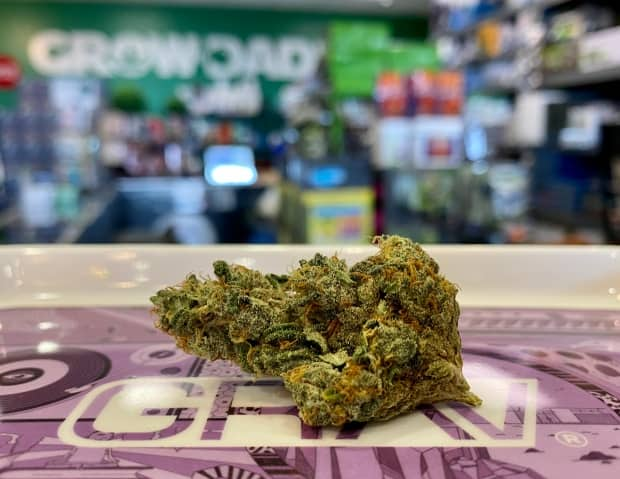
As a medicinal user, Berrigan said he has seen the positive effects first-hand in himself and others.
"Don't get me wrong; cannabis isn't for everyone. It's not a miracle for everyone," Berrigan said.
"But it can definitely do some good for a lot of people and you really need to be open to considering that."
More from CBC P.E.I.

